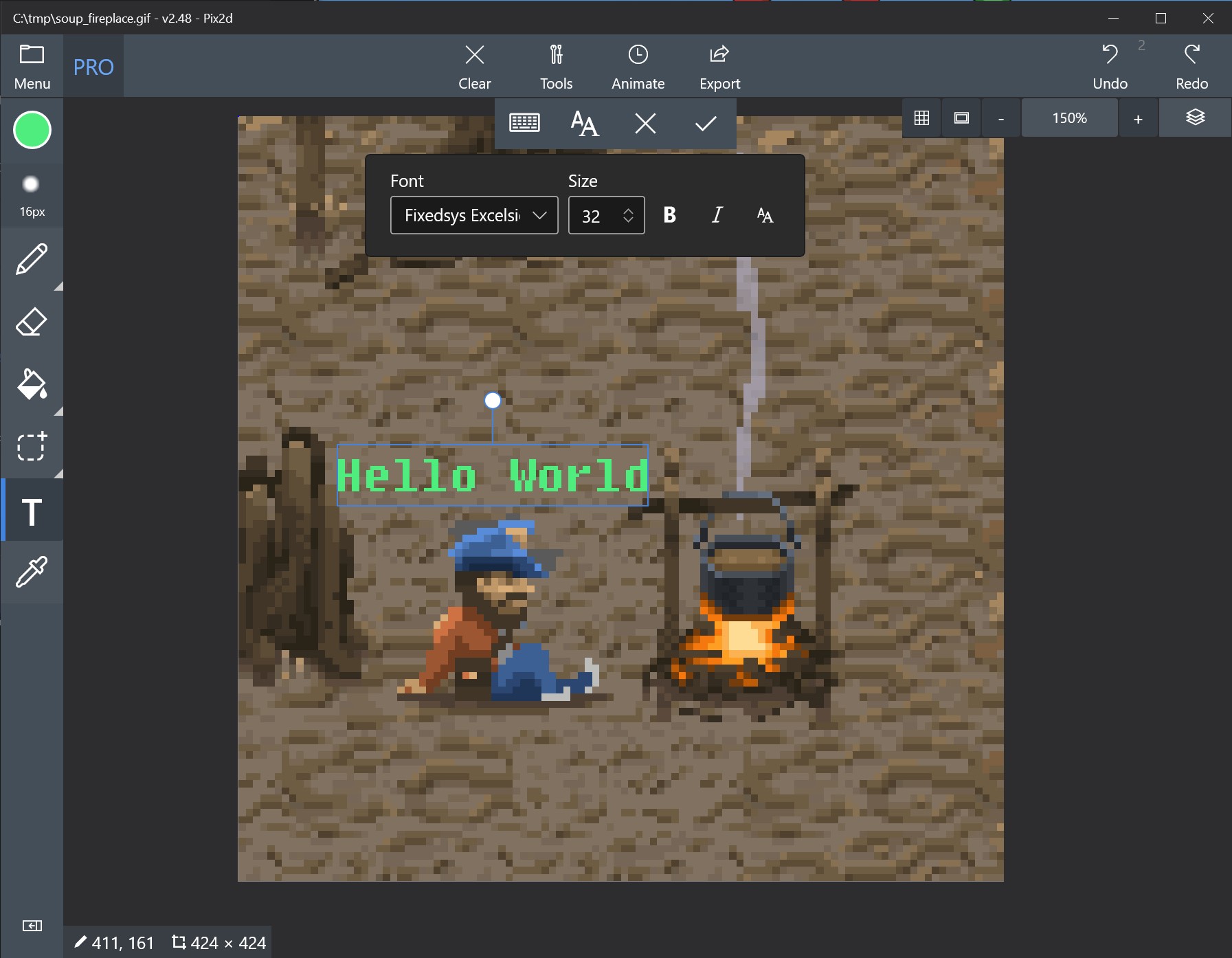
If this happens, we don’t have to redraw that section all we have to do is select the area, hover over it, hit the right click (secondary click) and choose Layer Via Cut from the drop-down menu. Moving lines in between layers - no matter how careful we are about locking layers, sometimes we realize that we’ve been working on the wrong layer.

Such modifications largely depend on the accuracy of the selection, and therefore everything the artist has learned about selections in Chapter 3, Section 2 proves useful here.

There are certain types of modifications that can be achieved by selecting an area and manipulating it in a very simple way. In the meantime, the artist has to remember to lock all the drawing layers while adjusting the collation sheets to avoid accidental modifications. Sometimes moving the layers on top of each other is not enough, and the collation sheet needs to be rotated as well to get the desired result (see Chapter 4, Section 2 for more details about layer alignment). The Collation Sheet Layer needs to be matched exactly with the drawing, otherwise the changes end up being misaligned.
#Artstudio pro lock brush to path how to#
Needless to say, once the sheets are scanned, they have to be saved to their specified folder (see Section 1 in this chapter).Īlong with refreshing our scanning skills, we also need to remember how to align layers properly. If one needs a reminder he/she can find more information about the scanning process in Chapter 4, Section 1. Of course it needs to be scanned first, but the scan must not be saved as a tiff file, but rather as jpeg to keep its file size at the minimum (resolution stays at 1200 dpi, image is grayscale scanned in 8-bit mode). Now we are ready to import the first collation sheet to the drawing. It needs to be visible only when comparing drawing stages to each other. Once the “Ready for Collation” layer is created, it should be locked. Later on, when we need a before and after collation comparison, this layer will be the one to which all subsequent changes can be related. First of all, we have to make the collation sheets available as part of the digital drawing, meaning that we have to set them up as layers in Photoshop.īefore the artist starts adding the collation sheets to the digital drawing, he/she needs to set up the current stage as a layer for future reference. When working digitally, we have an array of tools that help us to make the modifications needed for producing an accurate drawing. Once a line is changed, it cannot be seen where the original line was, and therefore the epigrapher has very limited options when verifying the changes during the Transfer Check.

When working on paper, one has very limited options for how to change an inked line: in fact, the only way to do it is by keeping the collation sheet and the drawing next to each other and eyeballing the extent and shape of the change. Once the collation is done and the epigraphers and the artist are all in agreement about the changes to be made to a drawing, the artist has to transfer all these modifications from the collation sheet to the computer.


 0 kommentar(er)
0 kommentar(er)
